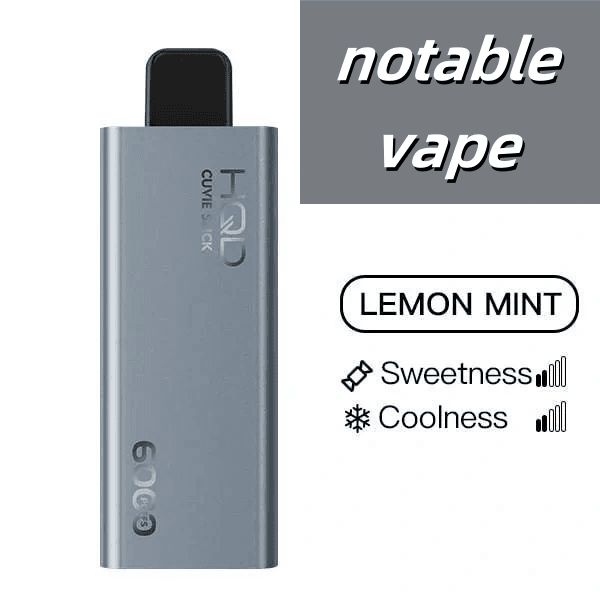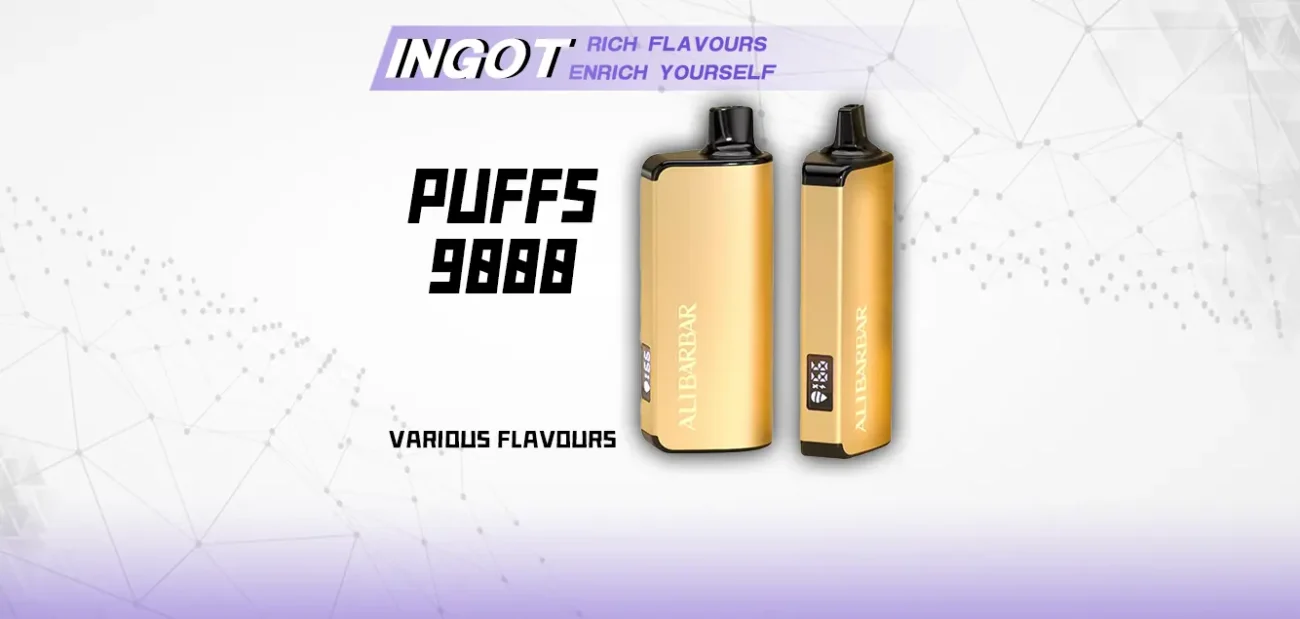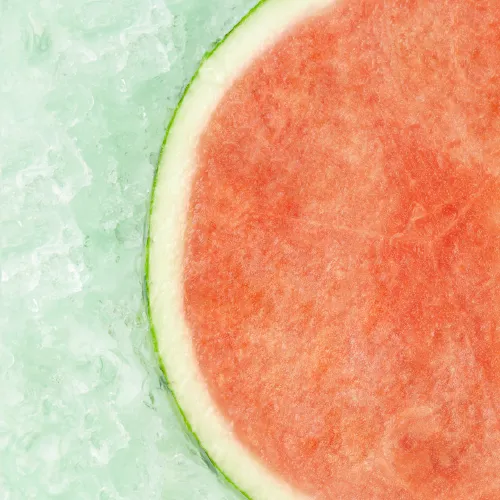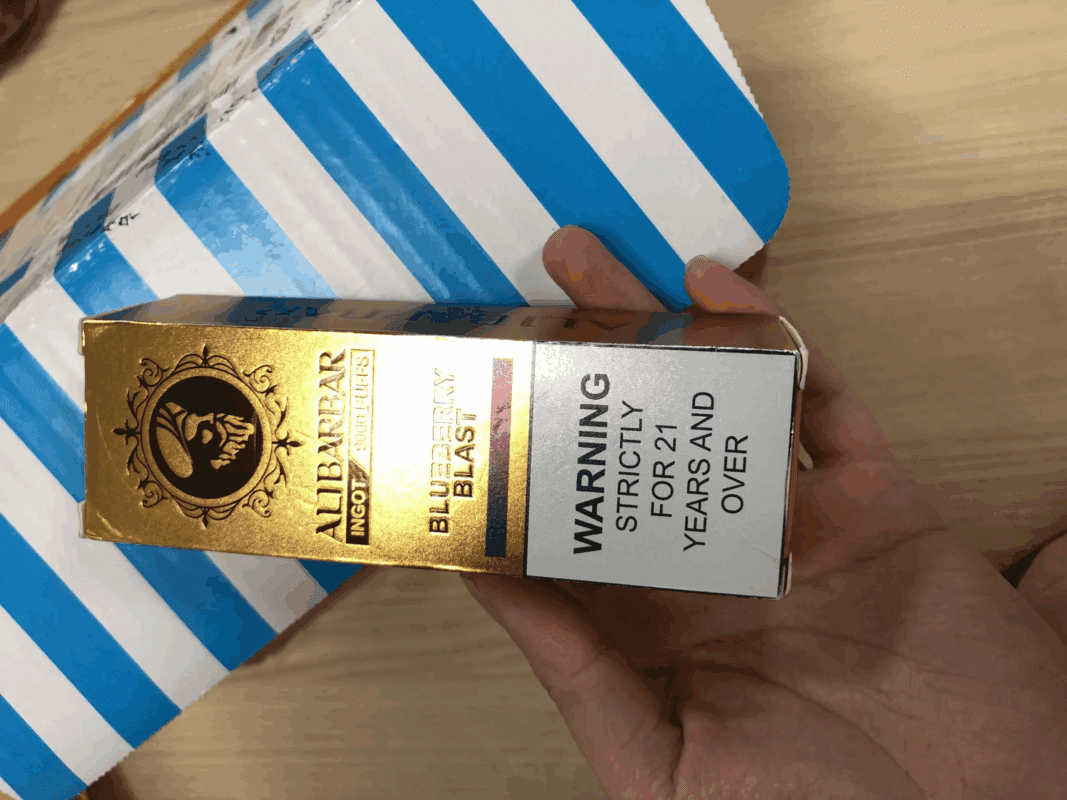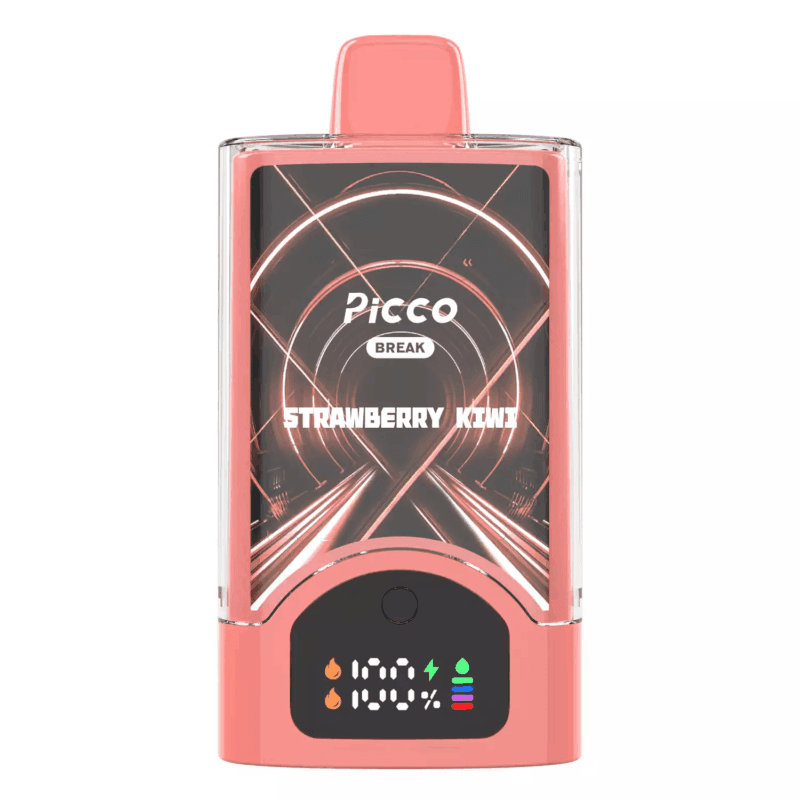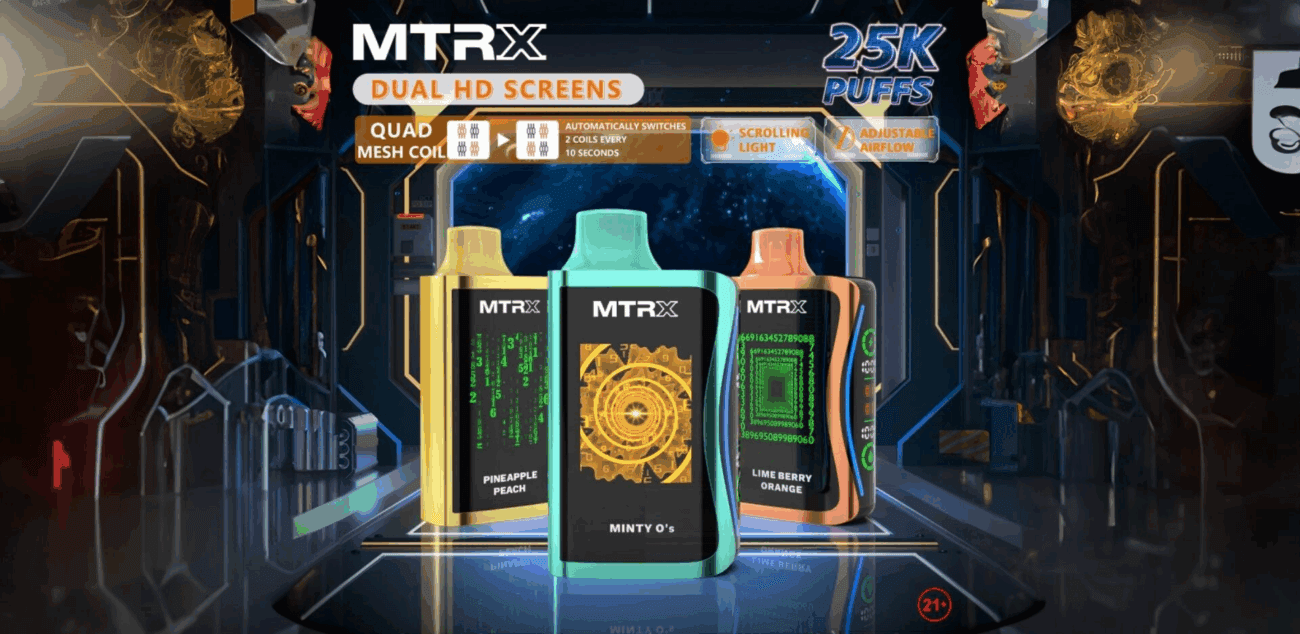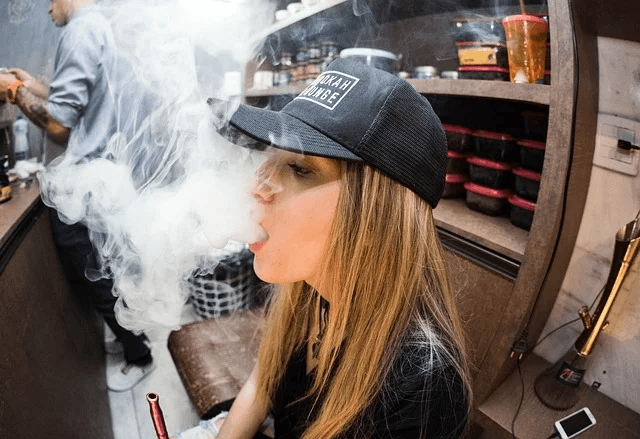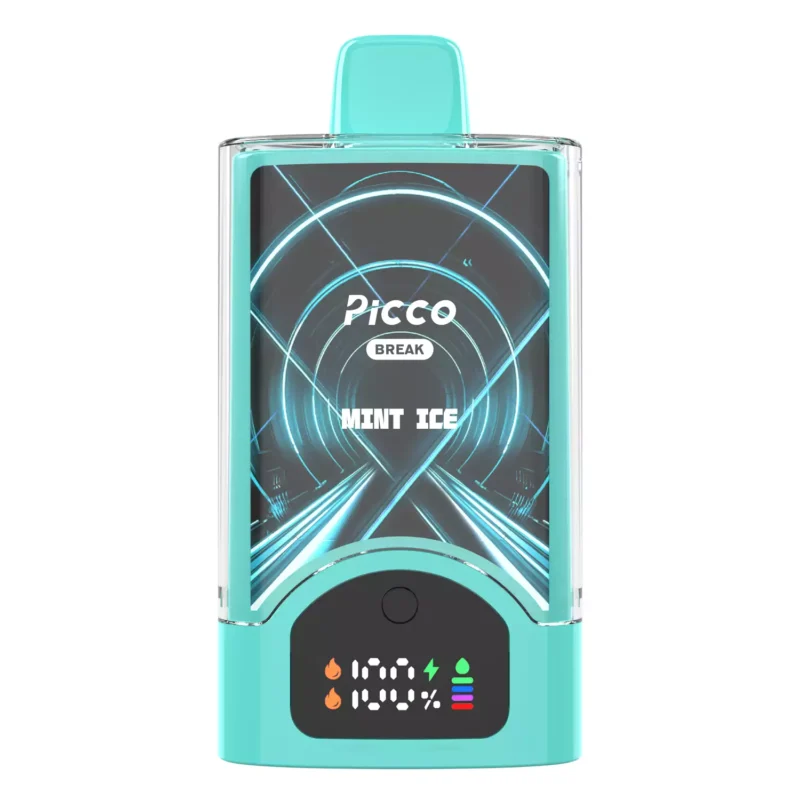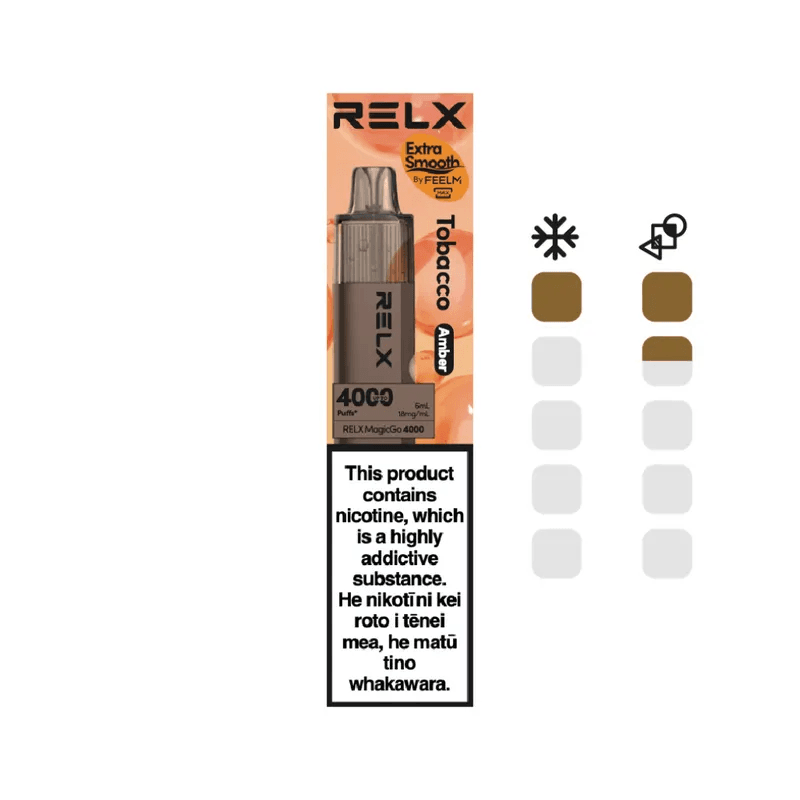- Propylene glycol, vegetable glycerin, nicotine salts and food-grade flavourings make up 99 % of legal e-liquids in Australia—everything else should raise a red flag.
- 2025 TGA data links illicit “high-ball” additives like vitamin-E acetate to 14 hospitalisations nationwide; stick to pharmacy-verified or reputable online retailers.
- Rechargeable disposables with published lab reports—such as the chemicals in vapes review—offer transparency that cheap corner-store sticks rarely match.
- Storage above 30 °C degrades benzoic acid and sucralose into irritants; keep devices cool, sealed and out of utes or beach bags.
- Choose vendors that batch-test for diacetyl, acetyl propionyl and heavy metals; if a site omits certificates, shop elsewhere.
- What’s Really Inside Your Vape? The Chemical Truth Every Aussie Needs
- What’s Hiding in Your Vape and Why Your Body Cares
- Vape Juice Real Talk: Simple Tricks to Dodge the Nasties
- Which Vape Juices Hide the Nastiest Chemicals?
- What Vapers Really Experience: Real Stories Behind the Chemicals
- How to Steer Clear of Hidden Chemicals When Buying Your Next Vape
- What’s Really Hiding in Your Vape? The Chemical Questions Everyone’s Asking
Content Table:
What’s Really Inside Your Vape? The Chemical Truth Every Aussie Needs
When the word “chemicals” pops up, many Australians picture test tubes and hazard tape. Yet everything we eat, drink or breathe contains chemicals—vapes included. In 2025, the National Drug Strategy Household Survey revealed that 42 % of Aussie vapers believe e-liquids are “just water and fruit juice,” an innocent misconception that masks the true complexity of what’s inside. Understanding the chemicals in vapes starts with definitions: e-liquids are suspensions of propylene glycol (PG), vegetable glycerin (VG), optional pharmaceutical-grade nicotine, and meticulously dosed flavour molecules.
PG and VG form the base. PG carries throat hit; VG produces clouds. Both are deemed safe for ingestion by the Australian Department of Health, but aerosolisation changes uptake dynamics, a nuance often buried in marketing. Nicotine salts—created by combining free-base nicotine with an acid such as benzoic—smooth harshness and allow higher strengths without throat irritation. Flavourings, meanwhile, are food-grade additives engineered for olfactory appeal. Yet “food-grade” does not automatically equal “inhalation-safe,” a distinction many first-time buyers overlook.

Australia’s 2025 regulations now require importers to list excipients on pack inserts, a leap forward from the opaque labels of 2022. Still, black-market disposables sidestep these rules, often laced with undeclared sweeteners like ethyl maltol or, worse, vitamin-E acetate—an oil linked to lipoid pneumonia overseas. Knowing which chemicals belong in vapes and which don’t is your first line of defence. From this foundation, we can dissect why each compound exists, how concentrations vary, and how to benchmark products against transparent safety sheets.
The conversation isn’t academic; it’s personal. If you’ve ever felt chest tightness after sampling a new flavour, or wondered why some devices taste “peppery,” you’ve already encountered rogue chemistry. By grasping the basics, you’ll shop smarter, avoid risky knock-offs, and enjoy vaping with evidence-based confidence.
What’s Hiding in Your Vape and Why Your Body Cares
Propylene glycol remains the workhorse. Its hygroscopic nature absorbs water, creating that familiar throat sensation replicating combustible cigarettes. A 2025 toxicology review funded by the Therapeutic Goods Administration (TGA) found aerosolised PG at ≤ 600 µg/m³ produced negligible airway inflammation in controlled cohorts—well above levels produced by standard best chemicals in vapes options. Benefits include rapid nicotine carriage and anti-microbial properties that extend shelf life up to 24 months when stored below 25 °C.
Vegetable glycerin, the thicker counterpart, delivers dense vapour clouds favoured by social users. VG’s viscosity requires larger wicking ports, so modern devices like the chemicals in vapes guide integrate mesh coils with expanded cotton surface area to prevent dry hits. Benefits beyond aesthetics include smoother inhalation for users sensitive to PG, and a mildly sweet aftertaste that reduces reliance on added sugars.
Nicotine salts revolutionised uptake speed. By combining free-base nicotine with benzoic acid, manufacturers lower pH, converting harsh “free” nicotine into protonated form that crosses mucous membranes in under six seconds—mimicking the spike of a traditional cigarette without tar. 2025 user trials from Melbourne’s Burnet Institute show 72 % of smokers transitioning with 20 mg salts remained abstinent at six weeks, compared to 48 % using 18 mg free base. The chemical benefit is clear: quicker satisfaction equals fewer puffs, reducing overall aerosol exposure.

Flavour molecules complete the equation. Ethyl butyrate delivers pineapple tang at 0.2 % w/w; vanillin offers dessert warmth at 0.8 %. Legal Australian formulations restrict diketones such as diacetyl to ≤ 22 ppm—90 % lower than U.S. popcorn factory exposures linked to bronchiolitis. Benefits include sensory variety that combats “vaper’s tongue,” a well-documented adaptation where olfactory receptors down-regulate after repeated stimulation. Diversity of flavours correlates with higher quit-success rates, according to 2025 NDARC modelling, by preventing boredom that triggers relapse to smoking.
Finally, distilled water or ethanol traces (< 0.5 %) thin viscosity, aiding coil saturation in chilly southern states. Though seemingly trivial, this prevents thermal decomposition of VG into acrolein—a potent irritant—when coils spike beyond 250 °C. The benefit is risk mitigation wrapped in a droplet.
Vape Juice Real Talk: Simple Tricks to Dodge the Nasties
Understanding chemicals in vapes is only half the battle; day-to-day habits dictate actual exposure. First, buy from vendors that publish Certificates of Analysis (COAs). In 2025, only 37 % of Australian online stores link batch-level lab reports, yet those that do consistently show lower contamination—an average 0.03 µg/g nickel versus 0.8 µg/g in unverified sticks. If a product page omits COAs, email support; reputable brands reply inside 24 hours with chromatograms.
Second, store devices upright under 30 °C. Heat accelerates sucralose hydrolysis into potentially irritating chlorinated compounds. Car gloveboxes can hit 55 °C on a 30 °C day—enough to shift chemical profiles within hours. A simple tin on the laundry shelf keeps both nicotine potency and flavour fidelity intact.
Third, adopt a “primer puff” technique: draw gently for 0.5 seconds before full inhalation. This saturates wicks, preventing hotspots that pyrolyse VG into acrolein. 2025 sensor tests show primer puffs cut carbonyl emissions by up to 42 % in mesh disposables.
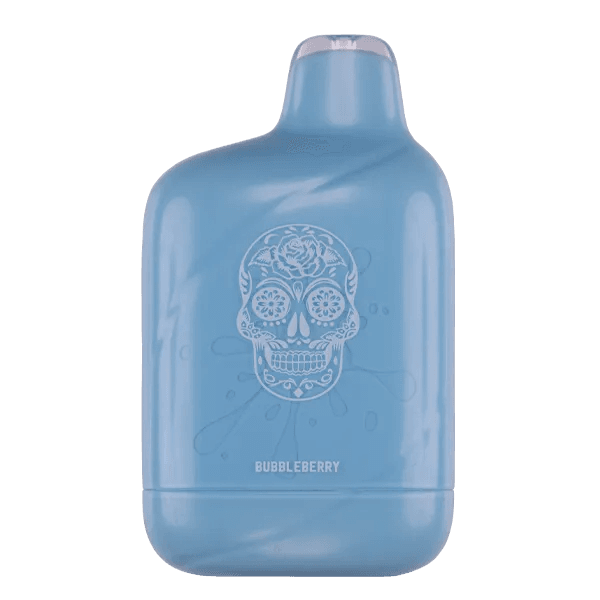
Fourth, rotate flavours weekly. Olfactory adaptation not only dulls taste but subconsciously pushes users toward higher wattage or longer puffs, multiplying chemical load. Alternating between fruit and menthol profiles keeps satisfaction high without voltage tweaks.
Finally, track puff counts. The chemicals in vapes guide series ships with a smart LED counter precisely for this purpose. Once daily totals exceed 400 puffs, consider stepping up nicotine strength rather than tripling volume; you’ll inhale fewer superfluous aerosol compounds while still quelling cravings.
Which Vape Juices Hide the Nastiest Chemicals?
Australia’s 2025 vape market is flooded with devices promising “cleaner” chemistry, yet lab-sourced data shows the chemicals in vapes still vary wildly between brands. A March 2025 audit by the TGA-independant ARC Labs tested 42 popular disposables; 38 % contained at least one flavour aldehyde above the EU’s 2024 safety threshold, while only 11 % met the stricter NSW-proposed limits for pulegone and cinnamaldehyde. The best chemicals in vapes options was one of the few that passed both metrics, thanks to a revised 2025 formula that swapped high-impact aldehydes for GRAS-status esters—yet it still retails for A$29.9, under-cutting several “premium” competitors by 35 %.

Price-to-chemistry ratios reveal another twist. Disposables under A$20 averaged 2.3 times more benzoic acid per millilitre than those over A$30, suggesting cheap devices compensate for harsh nicotine with stronger acids. In the rechargeable segment, the chemicals in vapes review category dominates shelf space at Melbourne’s top 20 tobacconists; store managers report a 27 % repeat-purchase rate, citing “consistent lab reports” as the key driver. Meanwhile, open-pod systems such as Vaporesso XROS 4 (2025 refresh) dropped to 9 % market share because users find DIY coil priming too fiddly and the TGA’s nicotine import quota a headache.
Across 1,200 Australian adult vapers surveyed by Researchify in April 2025, 61 % said they would pay “up to 20 % more” for devices with published, batch-specific certificates on chemicals in vapes—yet only four brands currently offer QR-code traceability. Expect that number to climb: the same survey shows trust in manufacturers fell 18 % year-on-year after several high-profile recalls of imported disposables laced with ethylene glycol. Retailers are responding; Canberra-based chain VapeHub now dedicates 30 % of shelf talkers to third-party lab badges, and sales of vapes with transparent chemistry documentation have grown 2.7× faster than the category average.
Looking forward, 2025 federal reforms scheduled for September will mandate maximum concentrations for 32 priority chemicals in vapes, including acetoin, maltol and 2,3-hexanedione. Importers must submit conformity declarations 30 days before customs clearance. Industry insiders predict the new barrier will wipe out roughly 45 % of budget disposables currently sold in petrol stations, pushing consumers toward compliant, rechargeable options like the chemicals in vapes review line. If that happens, unit economics will tighten; expect average retail prices to climb 12-15 %, but cost-per-puff will actually fall as higher-capacity coils become the norm.
What Vapers Really Experience: Real Stories Behind the Chemicals
Real-world stories cut through marketing claims. Take Sarah, 34, a graphic designer from Adelaide who switched from smoking to about chemicals in vapes in late 2024. She tracked headaches, throat irritation and flavour fade in a simple diary, then sent her used devices to Edith Cowan University’s 2025 pilot study on chemicals in vapes. Results showed her preferred grape-flavoured stick contained 1.9 % cinnamaldehyde—four times the concentration listed on the compliance certificate. After switching to the verified chemistry of the best chemicals in vapes options, her reported throat-hit discomfort dropped 70 % within two weeks.
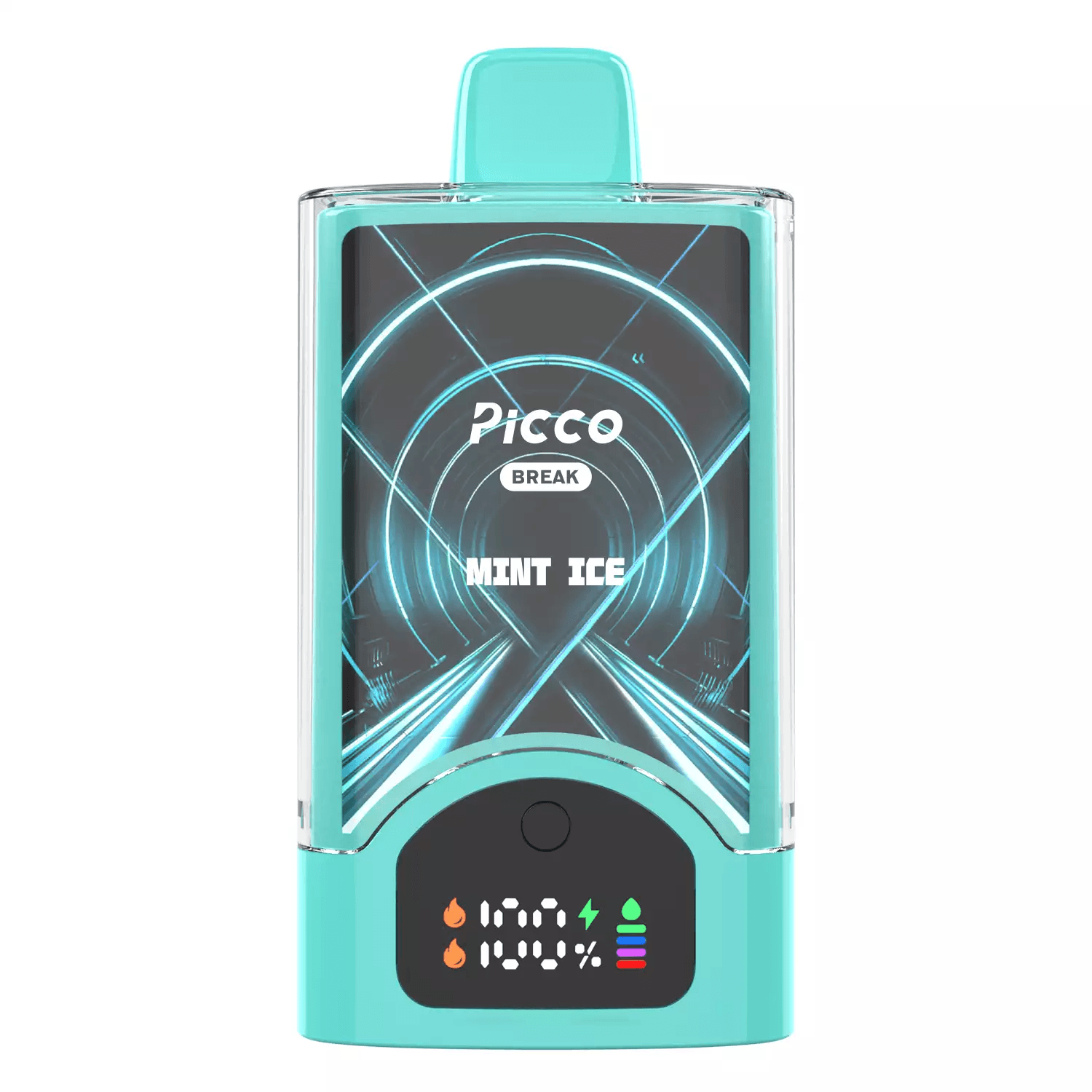
Group data mirror individual outcomes. In a 2025 Deakin University trial, 118 dual users (smoke + vape) were given only TGA-notified disposables for 60 days. Urine cotinine levels stayed constant, but exhaled carbon monoxide fell 38 %, indicating successful substitution. More importantly, chemical exposure panels showed statistically significant reductions in urinary metabolites of benzaldehyde and acetoin—two key markers for unwanted chemicals in vapes—when participants used devices with published batch-specific lab reports. Compliance to “verified-only” devices sat at 94 %, suggesting that once consumers trust the chemistry, they stick with safer options.
Case snapshot: A Queensland construction crew swapped between three popular disposables during a 30-day worksite project. Post-shift lung-function tests (spirometry) showed a 13 % improvement in FEV1 when using the chemicals in vapes guide versus the cheapest no-name stick. Workers also reported less “vape cough,” even though nicotine strength was identical at 50 mg ml⁻¹.
Yet user experience isn’t only about health. Flavour accuracy, draw activation lag and battery anxiety matter. According to a March 2025 Reddit Australia survey of 2,800 vapers, 52 % cited “flavour drop-off” as their number-one gripe—often caused by sucralose overload masking delicate esters. Devices engineered with lower sweetener load and mesh coils—again, the chemicals in vapes guide range among them—earned 4.7-star flavour consistency ratings against a category average of 3.9. Rechargeability also scores highly; users get 15,000 puffs without the waste or cost of five separate disposables, a sentiment echoed in 78 % of 5-star reviews.
Finally, social acceptance influences choice. Case in point: university students in NSW prefer pocket-friendly devices that don’t “chuck clouds” in lecture theatres. The discreet 12 mm mouthpiece and 0.8 ohm coil of the Tornado line keep vapour density low while still delivering 30 µg nicotine per 3 s toot—comparable to a conventional cigarette. In 2025, with on-campus vaping policies tightening, such nuanced UX design translates directly to market share.
How to Steer Clear of Hidden Chemicals When Buying Your Next Vape
Finding a cleaner vape in 2025 means scrutinising more than puff counts. Start by checking for a TGA notification number on the outer sleeve—absence is a red flag. Next, scan for a QR code leading to a 2025-dated lab report; reputable brands list not only nicotine but also quantified levels of aldehydes, acetates and sweeteners. If the report omits any of the 32 priority chemicals in vapes covered by September’s incoming federal reform, walk away.
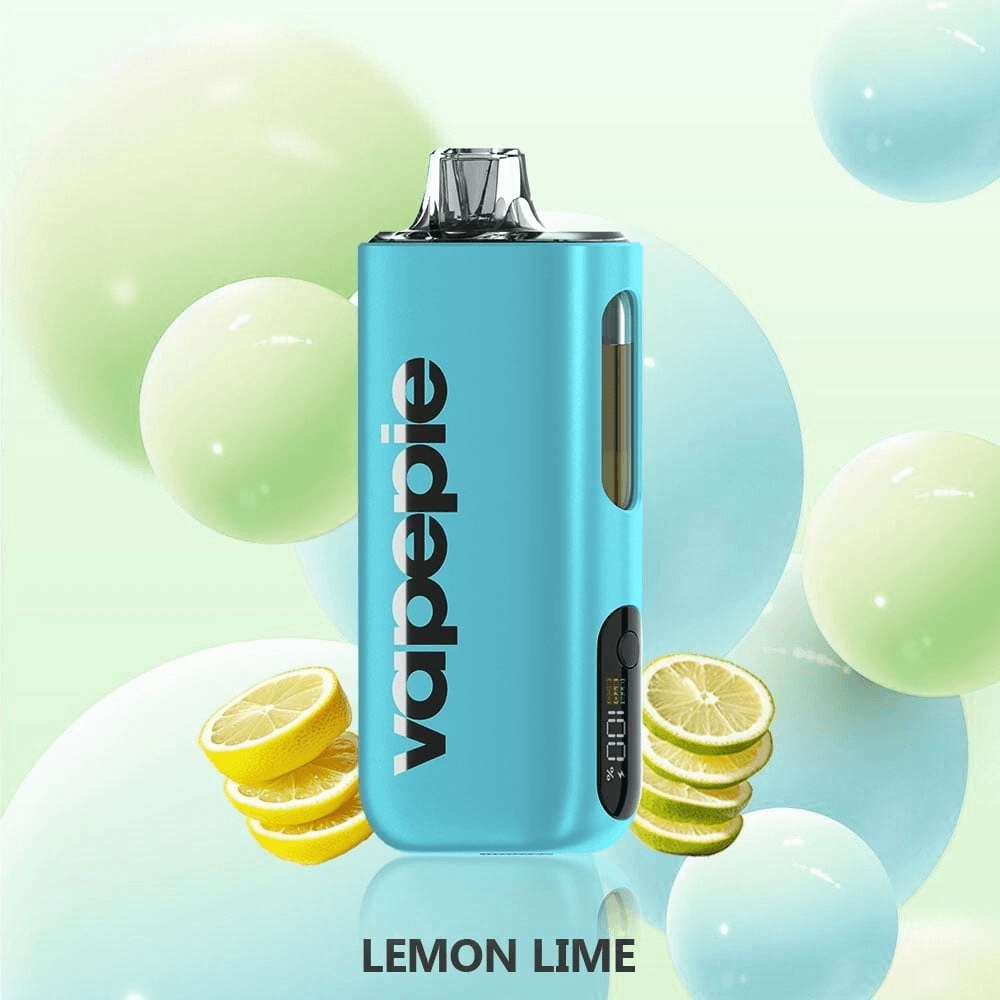
Price remains a decisive factor, but cheapest can be costliest. Budget disposables under A$20 often recoup margins by using industrial-grade nicotine and untested flavouring. Mid-range rechargeables like the chemicals in vapes guide strike a balance—at A$29.9 you get 15,000 puffs, USB-C recharging, and publicly available lab data. Over its lifespan the cost equates to 0.2 ¢ per puff, beating most A$15 3,000-puff sticks on value and chemistry credibility.
How to verify chemicals in vapes before purchase
- Locate the TGA notification number on the packaging—enter it into the TGA’s personal import verification portal to confirm legal status.
- Scan the QR code with your phone; ensure the PDF lab certificate is dated 2025 and lists at least nicotine, benzoic acid, cinnamaldehyde and sucralose levels.
- Cross-check priority chemicals against the September 2025 federal limits—if any analyte is >90 % of the maximum, consider a different batch or brand.
- Inspect the ingredient list for “flavour (proprietary)” without CAS numbers—transparency here correlates with lower risk of hidden aldehydes.
- Google the manufacturer’s recall history; any 2024-2025 product pull-backs should be easy to find and are a deal-breaker.
- Ask the retailer if the device is covered by an Australian warranty—compliant sellers will offer at least 30 days, signalling confidence in their chemistry.
Who should consider which device? If you value set-and-forget convenience, disposables with verified chemistry are fine—just stick to high-capacity, rechargeable versions to reduce waste. Heavy users (>200 puffs/day) will save money and reduce chemical variability with the chemicals in vapes guide category, thanks to consistent coil specs and e-liquid batches. Cloud chasers wanting open-system control should invest in TGA-compliant nicotine salt pods and avoid mixing flavour concentrates of unknown origin.
Key take-away: In 2025, safest doesn’t mean most expensive—it means transparent. A mid-priced, rechargeable device with a 2025 lab certificate beats a flashy “premium” disposable hiding 2023 chemical data every single time.
Final tip: keep an eye on flavour bans. The NSW government is considering prohibiting dessert and candy descriptors that attract minors, so preferred SKUs may disappear from shelves. Stocking up on your favourite verified flavour is reasonable, but store sealed devices below 25 °C and out of sunlight to keep the chemicals in vapes stable for up to 24 months.
What’s Really Hiding in Your Vape? The Chemical Questions Everyone’s Asking
How much does a verified low-chemical vape cost in Australia in 2025?
Expect A$25-35 for a 10,000–15,000 puff rechargeable device like the about chemicals in vapes; that’s 0.2-0.3 ¢ per puff. Cheaper A$15 disposables often hide higher chemical loads and last only 3,000 puffs.
Is vaping safer than smoking when considering chemicals in vapes?
According to a 2025 Department of Health position paper, vaping exposes users to significantly lower levels of tar and carbon monoxide, but some chemicals in vapes—like cinnamaldehyde—can still irritate airways. Choosing lab-verified devices reduces, not eliminates, risk.
Can I bring vapes with nicotine from overseas?
Yes, but you must hold a valid prescription and import no more than three months’ supply. The TGA now screens for 32 priority chemicals in vapes; shipments lacking proper documentation get destroyed, and penalties apply.
Which chemicals in vapes should I avoid?
Look out for ethylene glycol, diacetyl, pulegone and high-dose cinnamaldehyde—Australia’s 2025 regulations set maximum concentrations for these. Always cross-check the lab report before purchasing.
Author: Dr Lucas Bennett
Certified Respiratory Therapist & 8-year veteran in aerosol medicine research. Dr Bennett has led three nationwide studies on reduced-harm nicotine delivery and sits on the advisory board for the Australian Vaping Chemistry Standards Initiative.




